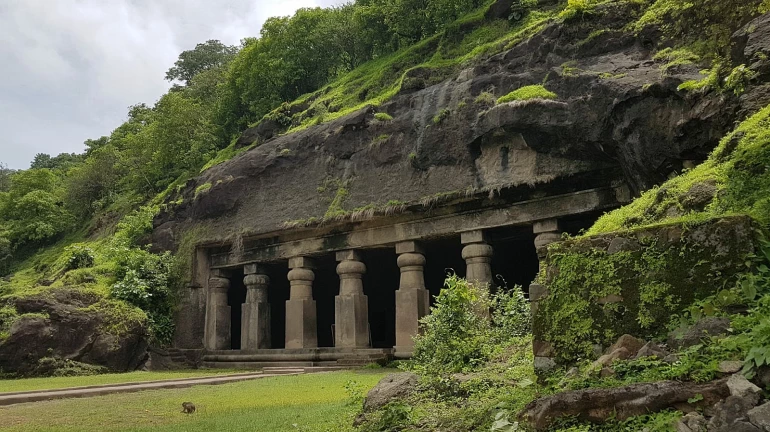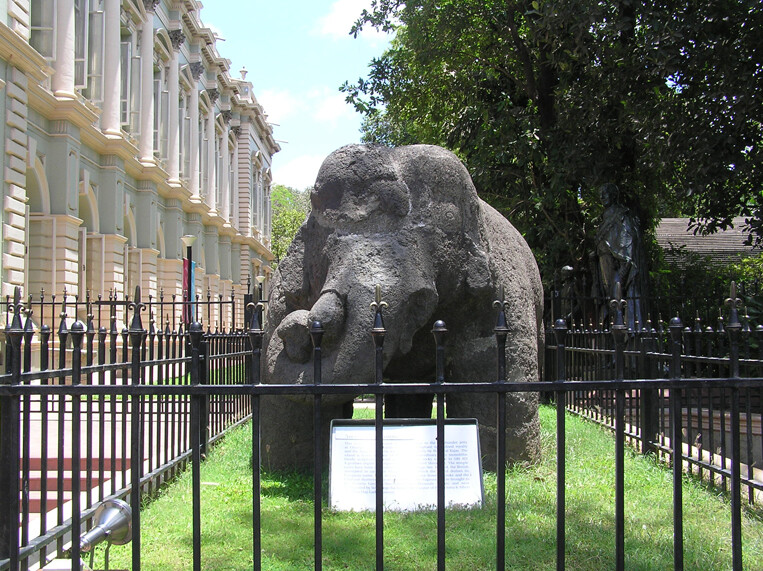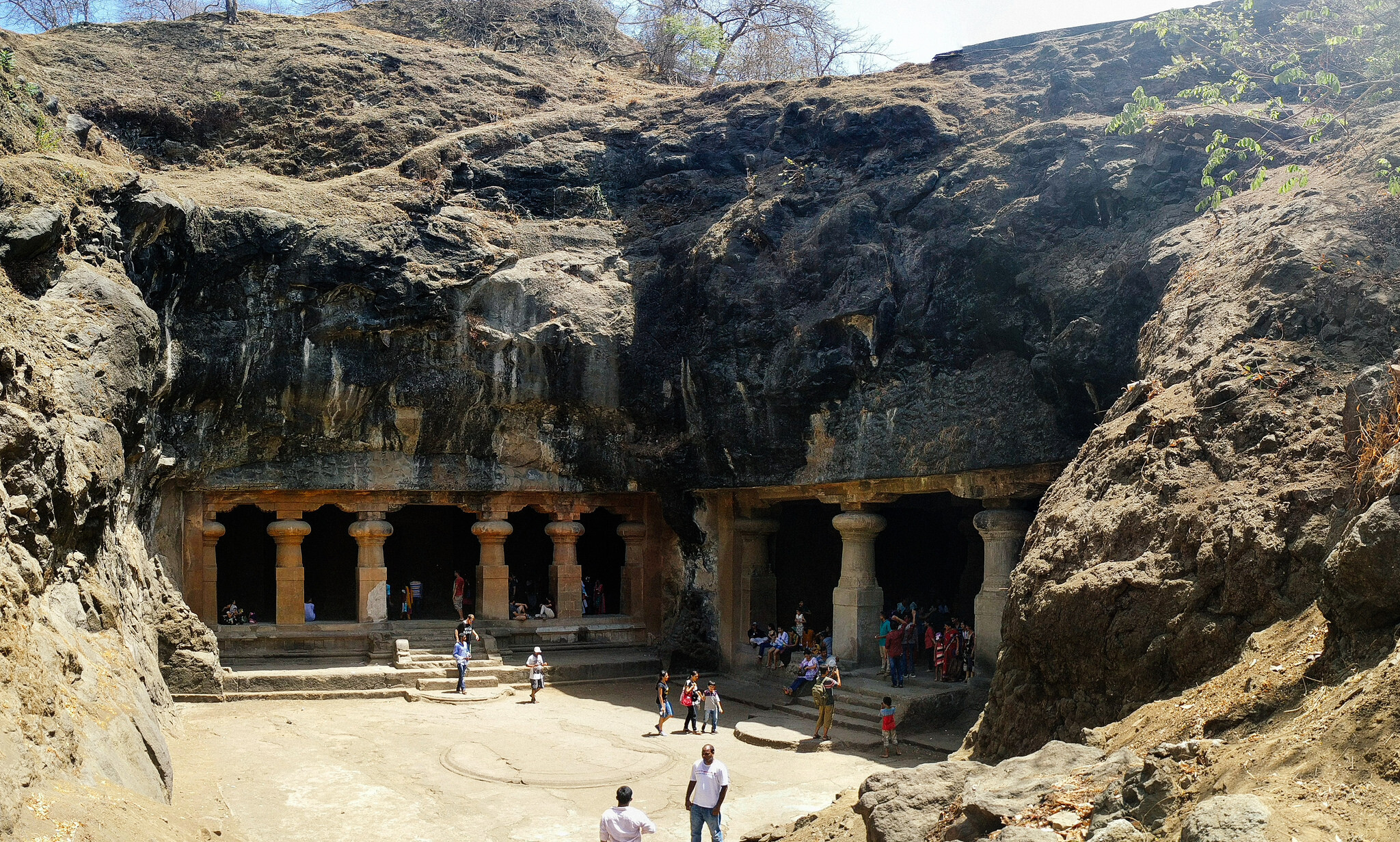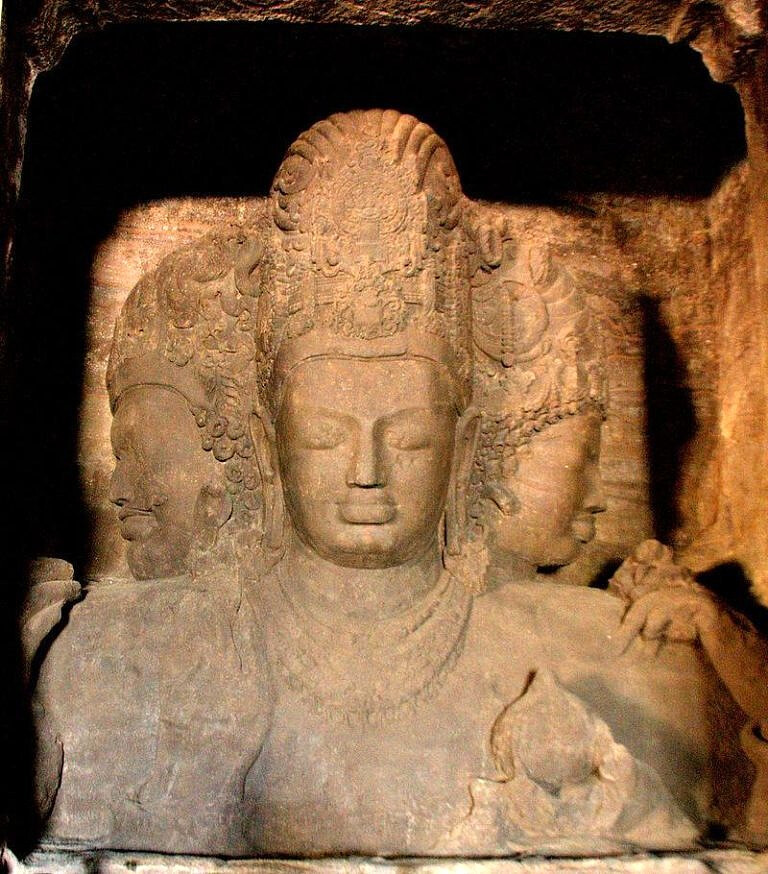
Rich in history and a cultural legacy, Mumbai has some famous tourist locations around. The city has much to offer to those who love to explore. One place worth visiting when in Mumbai include the Elephanta Caves amongst many other iconic sites. These caves have been added to UNESCO’s World Heritage sites in 1987.
Established more than 3,000 years ago, the Elephanta Caves (also known as the Island of Gharapuri) are rock-cut archaeological remains of the temples built on an island north-east of the Gateway of India. As the former name translates to, this tourist attraction is, indeed, the City of Caves. The caves at the location cover 60,000 square feet of the area. Built between 400 AD and 750 AD, these are carefully carved out of giant stones made of basalt rock. Several pillars and columns are there to support the unique structure.
Coined by the Portuguese invaders, the popular Elephanta Caves was named after the elephant statue found by them when they landed on the island, back in 1547. This massive stone-age entity was believed to be the guarding statue of the monument at the time. Now shifted to Victoria Garden Zoo, the statute from which the place earned its name is open for the tourists to visit. It was believed that the statue was there to guard the island and punish those who intended any harm to it.
 Elephant Stature at Victoria Garden Zoo
Elephant Stature at Victoria Garden Zoo
The relevance of elephants in Gharapuri Island dates back to the history of the Chalukyas, where elephants were an important element of the army. As the legend goes, the Chalukyan Prince Puleskin II built the caves to celebrate his victory.
It is believed that the caves came into existence at a time which denoted the end of the Buddhism in India and the re-introduction of the Brahmanical traditions. Back in time, prior to the Hindu caves being excavated, the island was primarily a Buddhist centre, catering to the Buddhists as a commercial, a military and a religious space for centuries.
With the revival of the Brahmanical era, the caves dedicated to Lord Shiva, came into existence at Elephanta during the reign of the Gupta dynasty in the 3rd century AD.
The island has been under the dominion of at least half a dozen powers which have ruled the region over centuries, right from 400 BC to the current times, including the British Raj. These include Mauryas of Konkan, Trikutakas, Chalukyas of Badami, Silaharas, Rashtrakutas, Kalyani Chalukyas, Yadavas of Deogiri, Shahi dynasty of Gujarat , the Portuguese and the Marathas.

The whole complex at Elephanta Caves have a main chamber along with two chambers built laterally, shrines and several courtyards. Many caves at the location are dedicated to different Hindu gods and goddesses. Some even cater to the Buddhist culture. Some sculptures combine the Hindu and the Buddhist traditions. Although most of the sculptures inside these caves were defaced by the Portuguese for their target practice in the 17th century, this place has plethora to explore.
One of the most prominent sculptures include Trimurti Sadasiva, which is 20 feet high. It is a three-faced image of Lord Shiva. The caves are predominantly dedicated to Lord Shiva. This particular sculpture is a representation of Panchamukha Shiva. The main central figure is accompanied by Gangadhara (the source of the Ganges) on its right and Ardhanarishwara on its left.
 Sculpture: Trimurti Sadasiva
Sculpture: Trimurti Sadasiva
Out of all the Trimurti Sadashiva is the most important and most amazing sculpture. This sculpture is 20 feet high and it is the image of a three-faced Lord Shiva. These caves are mainly dedicated to this dominant God of Hinduism. The Trimurti Sadashiva is a representation of the Panchamukha Shiva. The central figure is accompanied by the image of Gangadhara (the source of the Ganges) to its right and Ardhanarishwara to its left.
Cave One at the spot is considered to be the most attractive and impressive cave among the whole collection on the island. The cave is carved out using an evolved and developed version of the Brahmanical architecture.
Visiting the caves and experiencing history first hand at the Gharapuri Islands is a must if you are in Mumbai. This magnificent monument is an hour away from the Gateway of India, via a ferry ride, is worth all the hype.





